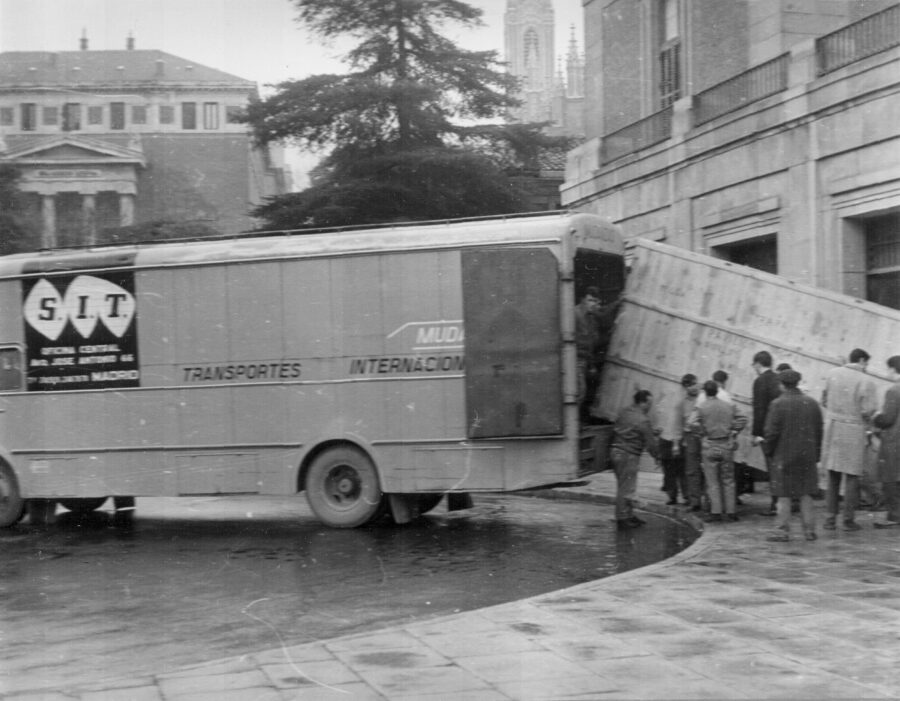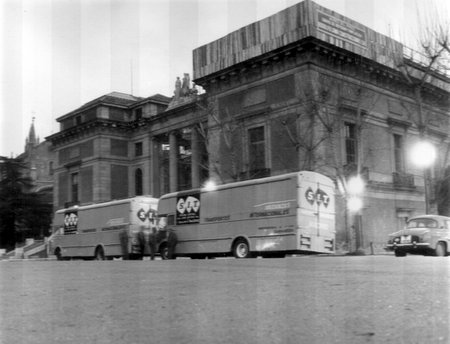
We never expected a war situation in a European city in the 21st century. But it has been happening day by day for weeks now.
First and foremost, of course, is the survival of the population. But, incredible as it may seem, there are groups who, even in such extreme situations, are concerned about the preservation of cultural heritage. Staff dedicated to the care of museums, archives, libraries and other collections take emergency action to safeguard the objects of greatest historical and artistic relevance.
Over the past decades, various professional conservation and records groups have carefully studied the emergency and disaster situations that could hypothetically occur in the precincts that safeguard cultural heritage.
Primarily, natural disasters, fires, earthquakes or floods, but these studies also consider situations such as theft, acts of terrorism, civil unrest and even war.
Insurance policies, when they are taken out at best, cover damage and losses due to natural disasters, theft and even vandalism. But for everything else, including war, not a chance.
Therefore, any action to protect cultural heritage in extreme situations remains in the hands and at the discretion of the people responsible for its care.

For this reason, museum technicians are familiar with the primary rule for protecting collections, which is identification, whether as a catalogue, inventory or any other form of record, because an object without “identity” can hardly be protected.
When documenting the collection, the most relevant works for the institution are identified, not always because of their economic value, but sometimes because of their symbolism, singularity, rarity, material or significance as part of the culture. This group of works are those which, in the event of an emergency, every effort would be made to safeguard and protect from possible destruction.
At SIT, with more than 60 years of experience in the handling of works of art, we offer our full collaboration for the preparation of emergency plans, providing our suggestions for the effective evacuation of works of art in an alarm situation. Do not hesitate to contact our Technical Department for this type of plan.